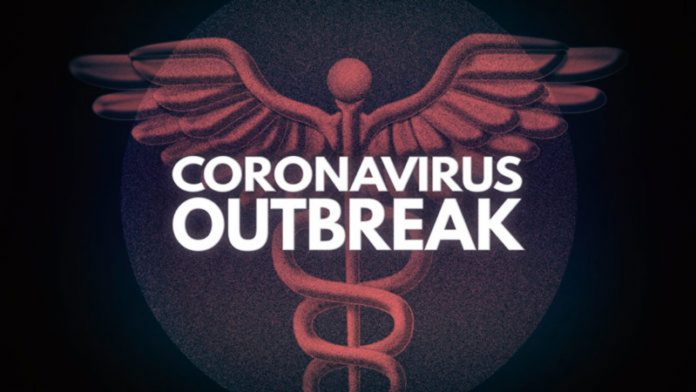Intensive care beds are filling up. Bodies are being counted by the hour.
While the vaccine brought a glimmer of hope to a dark season, California’s coronavirus surge continues its record-shattering onslaught, with 45,053 new cases and 269 deaths statewide and 1,490 cases and 17 deaths in Santa Clara County.
Experts predicted this months ago.
But Gov. Gavin Newsom, who won praise for getting ahead of the pandemic this past spring, squandered those gains by Thanksgiving by loosening restrictions on sports, dining and gatherings. Amid national debate over saving lives or the economy—which a robust, equitable federal bailout would have rendered a false choice—the governor resisted stronger action until cases began skyrocketing this fall.
And now, this.
Newsom announced earlier this week that he’s activating a statewide “mass fatality” response. With California on track to expend ICU capacity by Christmas, he said that means ordering an extra 5,000 body bags and converting 60 refrigerated 53-foot-long storage units as overflow morgues.
That declaration didn’t sit well with some of the folks in charge of Santa Clara County, whose pandemic response under Public Health Officer Dr. Sara Cody has made it a national model and whose leaders took a relatively cautious approach to reopening after the spring-through-summer Covid-19 spike.
“First of all,” county Executive Jeff Smith says, “they’re obviously trying to scare people, and I’m not sure that’s necessarily the best approach.”
Yes, the state needs to brace for a wave of excess fatalities, he concedes, but Newsom could also do more to curb the trend.
“I would prefer to see a more vigorous, more thoughtful statewide reduction in activity,” Smith says. “I don’t want to call it a shutdown, because I don’t think we need to shut everything down, but we do need something more consistent.”
Instead of a statewide quarantine, California enacted a county-by-county plan in which jurisdictions can allow certain activities depending on coronavirus test positivity and case rate. The patchwork system and the absence of meaningful enforcement led to some counties putting others at risk, Smith says.
Meanwhile, aside from verbally imploring the public to stay put, Newsom has done nothing to actually limit movement on highways and through ports and airports.
“Travel is a big deal,” Smith says. “It’s really difficult to close ports or prevent people from crossing state boundaries, but you can put in place significant restrictions related to quarantine and testing, which would really slow the spread.”
That’s how Hawaii has managed to keep its case rate well below the national average. Though the archipelago enjoys a geographical advantage over most of the country, its requirement of a negative Covid-19 test for entry could be adopted in other states.
“The reason we’re here right now,” Smith says, “is because we reopened too fast in late spring and early summer, and now we’re playing catch-up, which is very hard to do.”
So, what would be more effective than Newsom’s sobering news of additional body bags and filled-to-the-brink morgues? For Smith, at least, the answer is a “vigorous” statewide quarantine that lasts for about six weeks.
“That would allow for a major reduction in the viral load in the community,” he says. “Then you could get back to a much lower volume and make this easier to manage.”















